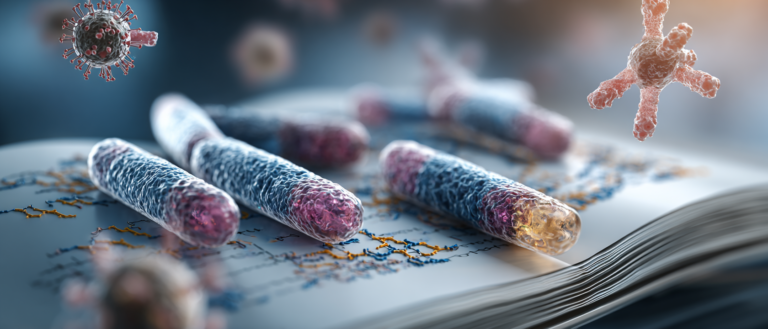Authors: J. Brent Richards, Dawn Waterworth, Stephen O’Rahilly, Marie-France Hivert, Ruth J. F. Loos, John R. B. Perry, Toshiko Tanaka, Nicholas John Timpson, Robert K. Semple, Nicole Soranzo, Kijoung Song, Nuno Rocha, Elin Grundberg, Josée Dupuis, Jose C. Florez, Claudia Langenberg, Inga Prokopenko, Richa Saxena, Robert Sladek, Yurii Aulchenko, David Evans, Gerard Waeber, Jeanette Erdmann, Mary-Susan Burnett, Naveed Sattar, Joseph Devaney, Christina Willenborg, Aroon Hingorani, Jaquelin C. M. Witteman, Peter Vollenweider, Beate Glaser, Christian Hengstenberg, Luigi Ferrucci, David Melzer, Klaus Stark, John Deanfield, Janina Winogradow, Martina Grassl, Alistair S. Hall, Josephine M. Egan, John R. Thompson, Sally L. Ricketts, Inke R. König, Wibke Reinhard, Scott Grundy, H-Erich Wichmann, Phil Barter, Robert Mahley, Y. Antero Kesaniemi, Daniel J. Rader, Muredach P. Reilly, Stephen E. Epstein, Alexandre F. R. Stewart, Cornelia M. Van Duijn, Heribert Schunkert, Keith Burling, Panos Deloukas, Tomi Pastinen, Nilesh J. Samani, Ruth McPherson, George Davey Smith, Timothy M. Frayling, Nicholas J. Wareham, James B. Meigs, Vincent Mooser, Tim D. Spector
DOI: 10.1371/journal.pgen.1000768
Abstract Summary
Researchers identified a novel gene variant in ARL15 that lowers adiponectin levels—a protective protein against diabetes and heart disease. Through analysis of 14,733 individuals, the variant was linked to 12% higher coronary heart disease risk and 11% increased type 2 diabetes risk. Since ARL15 is highly expressed in skeletal muscle, it may represent a new therapeutic target for metabolic diseases.
Why Brain? 🧠
Study identifies ARL15 gene variant that lowers protective adiponectin levels and increases coronary heart disease risk by 12%, revealing a new potential therapeutic target for heart disease.
The image is AI-generated for illustrative purposes only. Courtesy of Midjourney.




